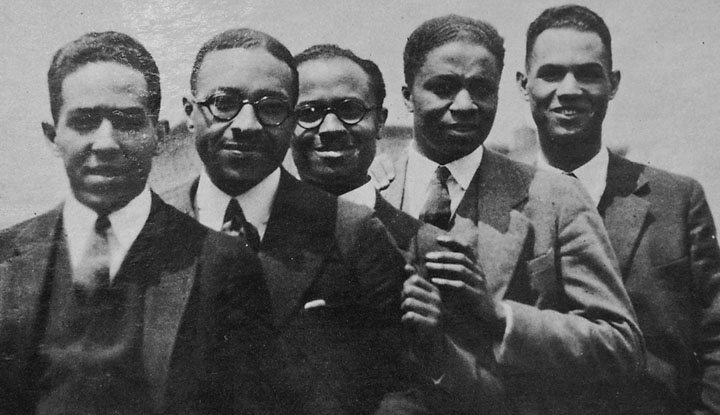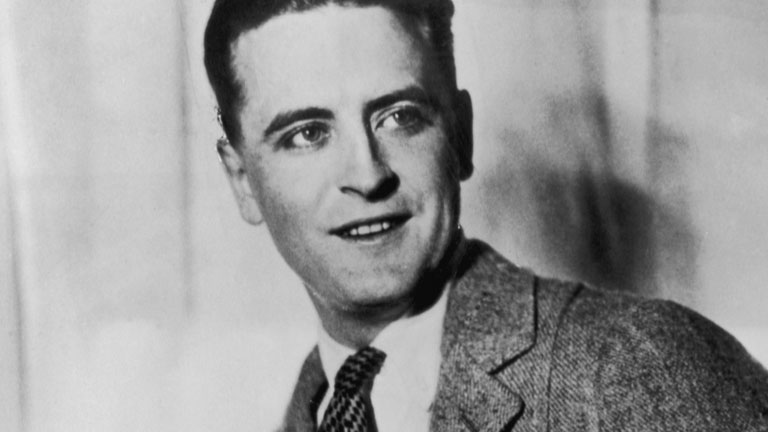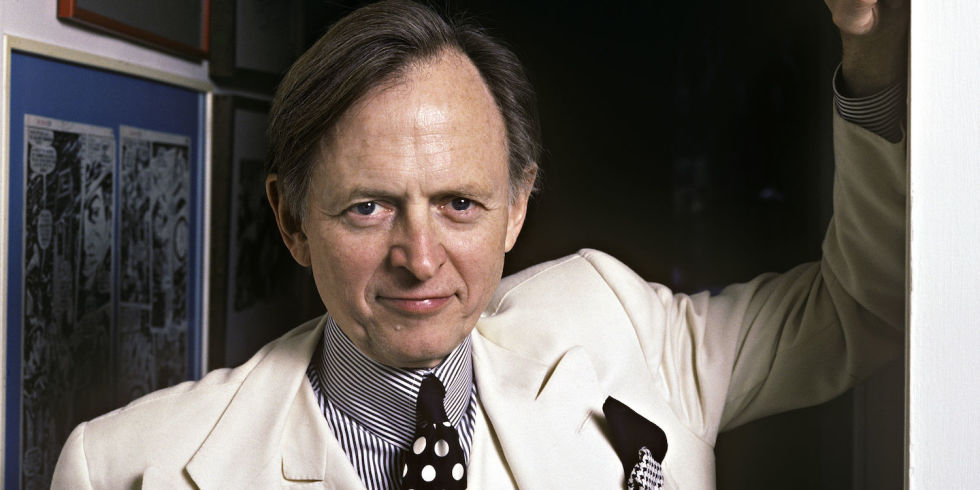Concrete Bookshelf | Framing the Great New York Novels of the 20th Century
New York City may be a little full of itself. It may be the tiniest bit arrogant. It may even be a loudmouth narcissist strutting around like the world is its catwalk. But it’s not easy to keep round-the-clock flattery from going to your head – and New York has earned its rank among the cultural capitals of the planet.
The literary domain is no exception: For hundreds of years, New York City has cultivated genius of the superlative variety, from Washington Irving and Edith Wharton to Jack Kerouac and Joseph Heller. The 20th century alone saw the rise of the Harlem Renaissance progressives, the politically-minded New York Intellectuals, the Beat poets and novelists, and an ever-growing list of modern writers drawn to this headquarters of literary legacy.
If historical and cultural impact are measures for success, then the literary output of the previous century is an unabridged triumph of our five famous boroughs. These New York novels of the 1900’s have come to occupy a special place on the city’s magnificent bookshelf:

1900s: The House of Mirth, Edith Wharton (1905)
For all its preoccupation with the rules of social conduct, Edith Wharton’s very first “novel of manners” was more like a slap in the face. As an eyewitness to the dizzying gap between rich and poor in New York’s Gilded Age, Wharton couldn’t resist unsheathing her pen to strike a blow against the city’s elite.
From the book’s opening act, we have our hands full with Lily Bart—a socialite at once young, beautiful, and anything but carefree. On the hunt for a husband as a route out of poverty, Lily follows all the rules of a two-faced aristocracy and still loses the game and the stakes. With this sad satire, Wharton highlights a New York reality still operating today: survival of the fittest (a.k.a. the wealthiest).
1910s: The Rise of David Levinsky, Abraham Cahan (1917)
David Levinsky, a Russian Jew, arrives in New York City on a wing—OK, a ship—and a prayer. Following a stint peddling dry goods and linens, David tries his luck as a garment manufacturer. Success eventually yields to his will, but only after he learns how to harness it: exploiting cheap labor and undermining the competition, for starters.
Penned just after the nation’s most dramatic immigration boom, Abraham Cahan’s “autobiography” of the quintessential Jewish émigré represents millions like David—and Cahan himself. But the moral of the story, if we want to call it that, is doused in cruel irony: Beyond the climb from rags to riches, David finds only “emptiness and insignificance.”
1920s: The Great Gatsby, F. Scott Fitzgerald (1925)

The Great Gatsby, the definitive work of the Roaring Twenties, follows Nick Carraway into the belly of the beast known reverently as the “Jazz Age.” In a postwar New York marked by class tension, Prohibition, and material excess, Nick goes in search of meaning beyond his whiskey tumbler.
When Nick reunites his wealthy neighbor, Gatsby, with Gatsby’s one-time lover (and Nick’s married cousin) Daisy, things get… complicated. But F. Scott Fitzgerald doesn’t suffer fools or dreamers. Gatsby’s emphasis on style over substance wins him fans, but not friends—and when Gatsby’s party ends, Nick is the only one left with a hangover.
1930s: Miss Lonelyhearts, Nathanael West (1933)
Miss Lonelyhearts, the (male) protagonist of Nathanael West’s best-known novel, has a few too many problems to handle: his own, and everyone else’s. His newspaper column serves as both the go-to mailbox for New York’s emotional cripples and the laughingstock of his fellow staff. All attempts to remedy his own melancholy—through religion, a string of affairs, and bouts in the countryside—lead him further astray.
Read most often as an allegory of the Great Depression, Miss Lonelyhearts is a black comedy without a silver lining. In a recurring joke that’s all but heartless, West suggests that the solution to all of New York’s problems is the one thing nobody has: money.
1940s: A Tree Grows in Brooklyn, Betty Smith (1943)
When World War II hit the World Stage, Americans relied on artists more than ever to offer some fleeting form of escapism. It’s no coincidence, then, that Betty Smith set her 1943 novel before both World Wars—the last era of peace and promise in living memory.
The Tree of Heaven that grows stubbornly amid the tenements near Francie Nolan’s Williamsburg home is not just a tree (this is literature, after all). It’s a symbol of the Nolan family’s heart and hardihood. Life’s obstacles march inexorably toward Francie and her family, but the Nolans find themselves equipped, against the odds, to conquer each in turn. Francie, inevitably, loses her innocence, but she gains an education. And with her weapon for survival fixed in hand, Francie makes her way toward a future full of hard-won hope.
1950s: Invisible Man, Ralph Ellison (1952)

Ralph Ellison’s Invisible Man may not have been the rallying cry of the Civil Rights Movement—Rosa Parks supplied that with a single word in 1955—but it did lend a voice to disenfranchised African Americans in and beyond New York City. Drawing directly from his experiences of racial inequality and jazz performance, Ellison used an effusive, improvisational writing style to shed light on the black experience of the postwar period.
The unnamed narrator of Ellison’s masterpiece—whose skin color leaves him all but “invisible” to society—escorts us from a battle royal in the Deep South to the battle for social justice on the streets of Harlem. Unable to shed the stereotypes imposed by the white and black communities, the narrator has nowhere left to go but underground to tell his story—and unmask his true self.
1960s: The Bell Jar, Sylvia Plath (1963)
For her first and only novel, published under a pseudonym in 1963, Sylvia Plath took inspiration from her own turbulent life. Plath’s struggles with identity, self-esteem, and mental illness are mirrored in Esther Greenwood, a Manhattan magazine intern caught between social expectations and personal desires (a preoccupation shared by many women in 1960s New York).
Esther’s sense of alienation—of being trapped under a bell jar—leads to depression, and depression leads to grim psychiatric interventions. In her final pages, Plath suggests that madness can be tamed, but never conquered.
1970s: Sophie’s Choice, William Styron (1979)
William Styron’s bestselling drama follows three unforgettable characters: Stingo, a young writer who doubles as the novel’s narrator; Stingo’s Brooklyn boarding house neighbor, Nathan; and Nathan’s lover, Sophie, a Polish survivor of Auschwitz. As Nathan, a paranoid schizophrenic, slowly loses his grip on reality, Sophie confides her scrupulously hidden past to a curious and infatuated Stingo. Her story culminates in a decision so harrowing it’s become its own cultural reference.
A National Book Award winner, Sophie’s Choice exposes the ruthless nature of guilt—and the universally destructive nature of prejudice—in a decade marked by pushback against traditional morals and values.
1980s: The Bonfire of the Vanities, Tom Wolfe (1987)

Much like the nation’s infamous Jazz Age, the Wall Street Boom of the 1980s ushered in a culture of excess with a surface just smooth enough to hide its roiling underside. Tom Wolfe’s 1987 bestseller was an attempt to capture every theme of the era, from race, class, and politics to media, greed, and pervasive hypocrisy.
Centered on a hit-and-run court case that ravages bond trader Sherman McCoy’s cushy lifestyle, The Bonfire of the Vanities is exactly what it sounds like. McCoy goes from self-proclaimed “Master of the Universe” to subaltern Earthling. But along the way, he discovers something that matters more than status: integrity. The real question, of course, is whether he can hold onto it
1990s: American Psycho, Bret Easton Ellis (1991)
With a little more distance—and a little more perspective—on the reckless overindulgence of the previous decade, Bret Easton Ellis set his sharpshooter sights on the detriments of capitalism in 1991’s American Psycho.
Narrator Patrick Bateman is a product of consumer culture, and a worst-case scenario at that. His superficial, objectifying approach to life and everything in it—including people—transforms him from an investment banker by day to a serial killer by night. Patrick’s friends, colleagues, and lawyer repeatedly misinterpret his criminal confessions as jokes. A more disturbing postmodern portrait of Manhattan’s upper class is difficult to imagine, or to want to.

These and many other New York novels of the 20th century speak masterfully to the city’s unique history and heritage. They remind us not just that New York is great, but that we made it great—and that our mistakes are best acknowledged openly and all together.
New York City may go fishing for compliments, but our writers sure know how to hook the bait. Here’s to another century of making literature and making history.

